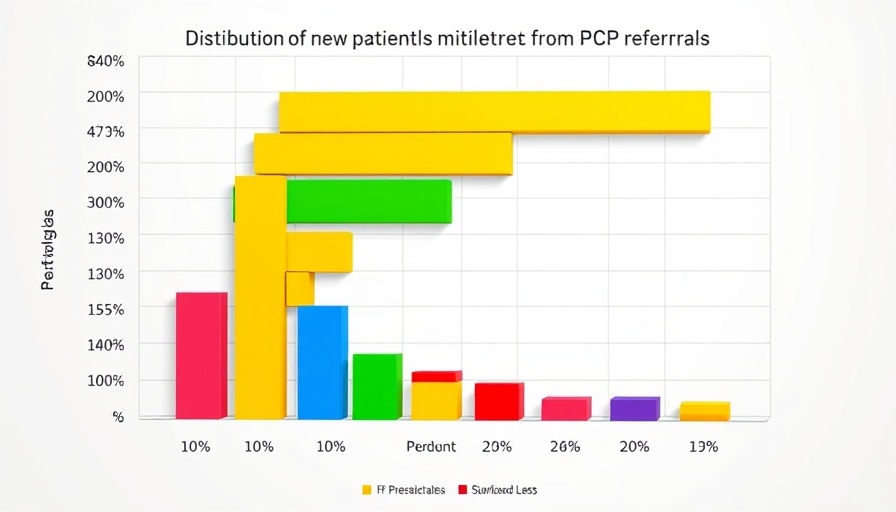
Unlocking the Secrets: How to Boost PCP Referrals for Chiropractors
For chiropractors looking to grow their practices, understanding the dynamics of referrals from primary care providers (PCPs) is critical. Research indicates that while 14% of new patients may come from PCP referrals on average, the top-performing clinics have managed to increase this figure significantly—some receiving over 50% of their patients through these channels. What differentiates these successful clinics? It largely revolves around proactive communication and relationship-building efforts with PCPs.
Barriers to Effective Referrals: What Chiropractors Should Know
Despite the growing acceptance of chiropractic care within the medical community—where 76-84% of physicians recognize its effectiveness for certain musculoskeletal issues—there remains a hesitance among PCPs to initiate referrals. Commonly cited barriers include a lack of understanding of chiropractic practices, insufficient familiarization with evidence-based outcomes, and communication issues between doctors and chiropractors. Addressing these obstacles could encourage more referral opportunities.
Strategies for Improving PCP Collaboration
Building fruitful relationships with PCPs involves strategic efforts. For instance, regularly sharing educational materials on chiropractic outcomes, or even inviting PCPs to collaborate on workshops or presentations, can help bridge the understanding gap. Moreover, fostering an environment of open communication allows chiropractors to demonstrate their value not only as practitioners but also as integral members of the patient's healthcare team.
The Payoff of Increased Referrals
Beyond simply augmenting patient numbers, higher referral rates from PCPs can also lead to enhanced credibility for chiropractic practices. Positive endorsements from trusted medical professionals can significantly influence patient decisions and perceptions. Ultimately, a collaborative approach not only improves referral rates but also enriches the holistic care of patients.
In conclusion, if chiropractors want to thrive in today's competitive healthcare landscape, they must actively pursue relationships with PCPs, addressing barriers effectively while showcasing their role in patient care. By adopting these strategies, clinics are not just increasing their referral rates—they are establishing a cooperative healthcare environment beneficial to all parties involved.
 Add Row
Add Row  Add
Add 




Write A Comment